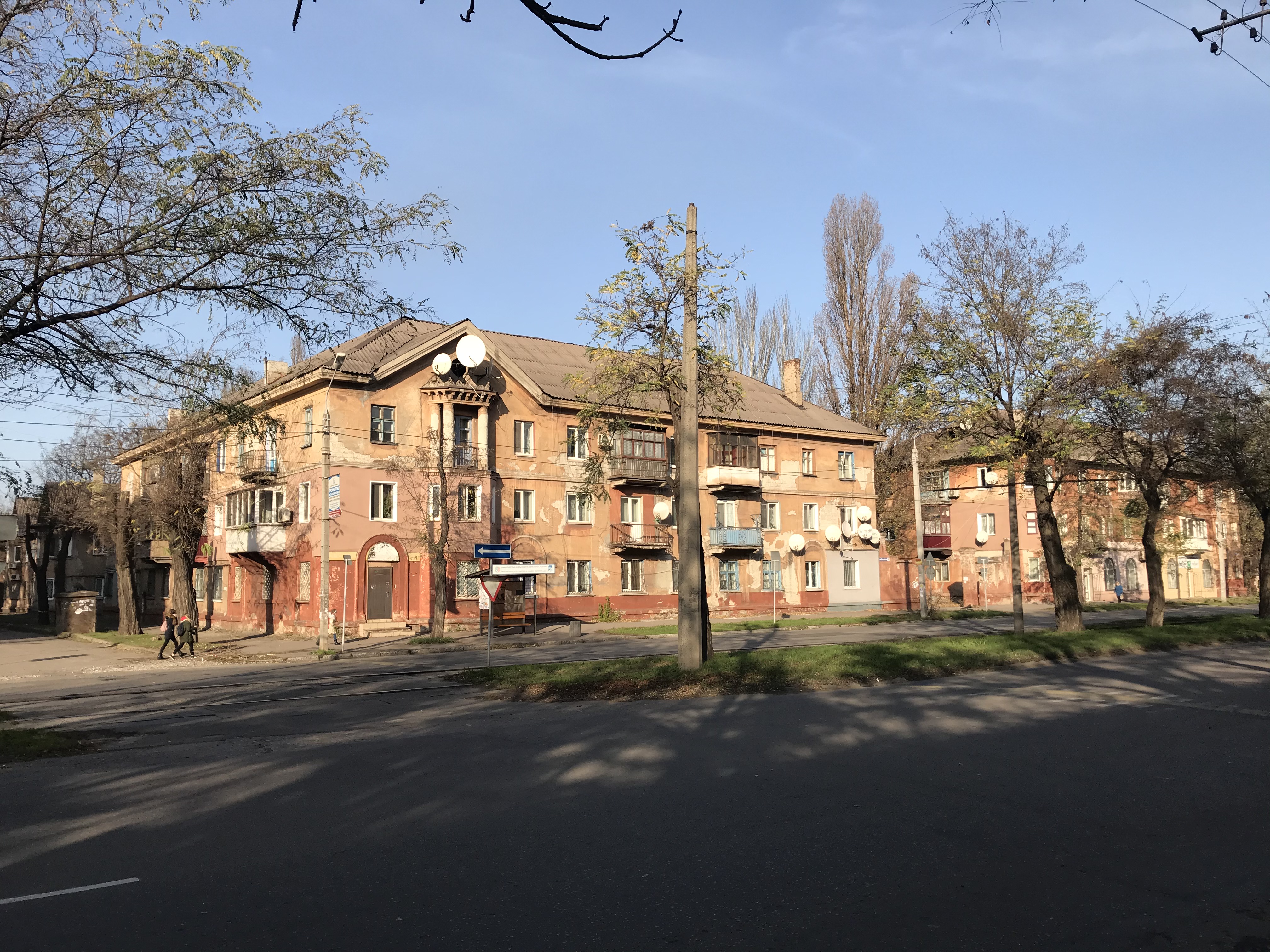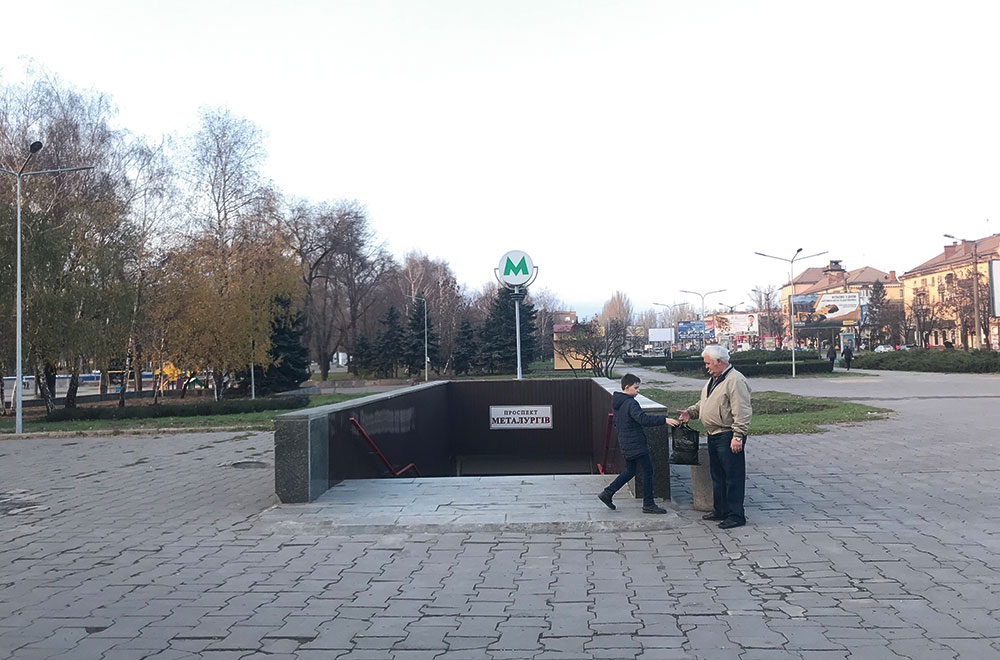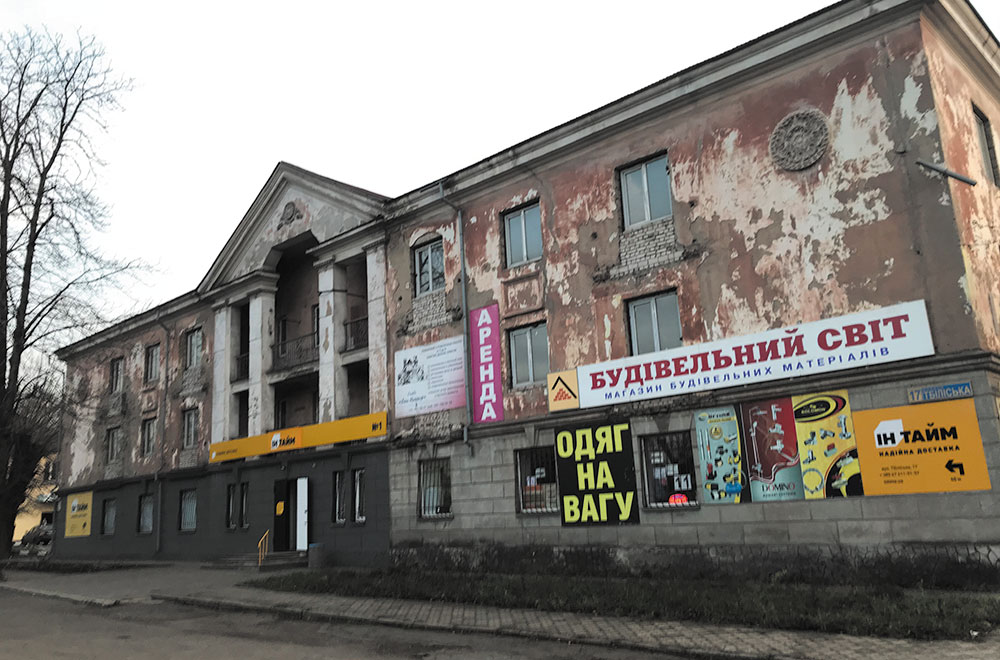
Tell me where you are from and I’ll tell you who you are. It’s a rephrasing of the famous saying. The environment shapes a person, especially in the early stages of his or her life, when the formation of personality just begins. And so for a better understanding of the person, sometimes it is enough to simply ask what city he or she grew up in.
Let’s just recall Viktor Yanukovych, whose image was inextricably linked to Yenakiievo and its criminal tone. This bond was so strong that even when the former President fled Ukraine, he in some sense took his native Yenakiievo with him.
The new Ukrainian president has a similar story: the same strong connection with his hometown, to which he is firmly attached with the Kvartal 95 brand. And, apparently, in the next five years, Kryvyi Rih can become the same symbolic and iconic place for all Ukrainians, as in the first half of 2010 was gloomy and depressed Yenakiieve.
Volodymyr Zelenskiy's hometown is no less paradoxical than his political career. At first glance, a typical Soviet industrial center: a gray, sad cluster of typical houses, a working village that, under certain circumstances, has grown to extraordinary proportions. However, this impression is misleading. Unique specifics and identity are hidden behind the unpretentious scenery. You can label Kryvyi Rih any name, but hardly uninteresting. And the meteoric rise of its most popular native-born is a good reason to look more closely at it.

Kryvyi Rih is considered the longest city in Europe. The local authorities claim that its length is 126 km, but this is an outright exaggeration. If you go from north to south by car, the speedometer will show about 70 km. But it’s still very much. The city was formed this way not by accident. It stretched along the Kryvyi Rih iron ore basin. Mining and processing enterprises appeared there along the entire length of the iron ore deposits, which, when viewed from above, resemble beads in a necklace. And such features of the settlement created certain patterns of behavior of its inhabitants.
RELATED ARTICLE: “I hear you”
The anomalously large distances as for the city with population of about 600,000 people made the movement of people around Kryvyi Rih not very comfortable. Public transportation will take about an hour and twenty minutes to get from the center located in its southern part to the northern suburbs. The express streetcar, city’s mark of pride, opened in 1986, had to improve the situation. As the tracks in the center are laid underground, the tram is considered to be an analog of the subway, and Kryvyi Rih belongs to those few cities in Ukraine where that type of transport is available. However, it is not possible to reach all the districts by express streetcar; it does not go to the remotest ones.
This feature of the city prompts dwellers to look for work closer to home and, accordingly, less likely to move from their neighborhoods. Enterprises, most of which function normally nowadays, have also added some specifics. Those who work at ore mining and processing mills, factories and mines often live in surrounding townsites and neighborhoods and do not often need to travel outside their boundaries.
Such separation of Kryvyi Rih districts at one time formed several generations of “raiders”. That was the name of youth gangs who fought each other and periodically wreaked havoc on the streets. The heyday of these groups came in the second half of the 1980s – the first half of the 1990s. The young citizens of Kryvyi Rih massively joined gangs and periodically raided competitors (hence their name). During such a raid, a crowd of young men with chains, knives, sticks, and sometimes-homemade firearms swept through a hostile area, like a tornado, beating everyone they met along the way. That happened in large Soviet industrial centers. On a nation-wide scale, sociologists, Komsomol leaders and the first free media in the days of perestroika spoke about the so-called Kazan (by the name of the capital of Tatarstan) phenomenon: the formation of youth gangs on a territorial basis. In Ukraine, this phenomenon was most pronounced in Kryvyi Rih.
There are many eyewitness recollections in the network revealing the events of those times. In the streets there was a real war in which teenagers were periodically killed and maimed. There were also clashes with the militia. It is interesting that nothing similar was observed even in the depressed towns of Donbas, which in Ukraine have traditionally been considered the main cradle of crime. Probably, the compact location of neighborhoods and surrounding settlements played a positive role there.

The “raiders” disappeared in the early 1990s, when the leaders of youth gangs went into full-fledged criminal gangs, and ordinary members in the new realities of market economy found more interesting occupations for themselves. But the memory of them is still alive. Today, people remember that horror period. The flourishing of street gangs, apparently, was facilitated by the city's special address system. In addition to the streets and districts, Kryvyi Rih is divided into quarters. There are about 200 of them there, and that led to an increase in the number of gangs. Gangs of “raiders” appeared not only in certain neighborhoods and towns, but also in quarters.
This quarter system is confusing to the visitors of the city, but the locals are well-oriented and easily determine the district by the number of the quarter. The very 95th quarter (kvartal) (people called it Piatak) well-known on the entire post-Soviet territory now, and which the KVK (Club of Funny and Inventive) team of the same name made famous, is only one of dozens. This is not a noticeable traffic intersection in the center, surrounded by typical high-rise buildings and kiosks. Vechirnii Kvartal (Evening Quarter – entertaining TV show) viewers do not imagine this place to be so different, but the brand has long lived its life and has little to do with the quarter after which it was named.

Since, unlike most industrial cities of Ukraine, Kryvyi Rih survived in the 1990s with practically no major economic losses and generally retained its industrial complex, the working specifics are clearly expressed in it today. It is noticeable that service industry is not well-developed there, as for an industrial center with population of more than 600 thousand. By the level of urban redevelopment, Kryvbas (so the locals abbreviate the city’s name) has remained somewhere in the heyday of the “raiders” movement. Despite the quite huge budget for the provincial city (last year it exceeded UAH 6 billion, which is much more than in some regional centers), Kryvyi Rih seems neglected, facades of buildings are hardly ever repaired, pavements are broken, parks are delapidated, public transport is mostly represented by route minibuses.

The author of this publication used to live in Kryvyi Rih in 2005–2006. And when, almost a decade and a half later, I found myself there again, I noticed that the city had hardly changed. New buildings haven’t appeared in the center, no new public spaces either. Moreover, the infrastructure that used to exist has even degraded in some places. For example, the benches on Vulytsia Yesenina (in the very center, near the city hall building), which in 2006 you could still sit on, are rotten and collapsed.
RELATED ARTICLE: Scenic authoritarianism
It is impossible to explain such a situation for lack of funds. The budget of Kryvyi Rih is large enough to finance the mounting of modern benches, planting lawns and ornamental plants. So, the point is the insolvency of local authorities. However, now that a number of Kryvyi Rih natives have come to power, the opposite may be the case when the city will soon be demonstrably repaired and tidied up. At least this approach is entirely in Ukrainian traditions.
New circumstances give Kryvyi Rih a good chance to reconsider its own image, take advantage of the situation and receive dividends from the current situation. In particular, to develop industrial tourism and exploit its specificity for commercial purposes.
Follow us at @OfficeWeek on Twitter and The Ukrainian Week on Facebook

